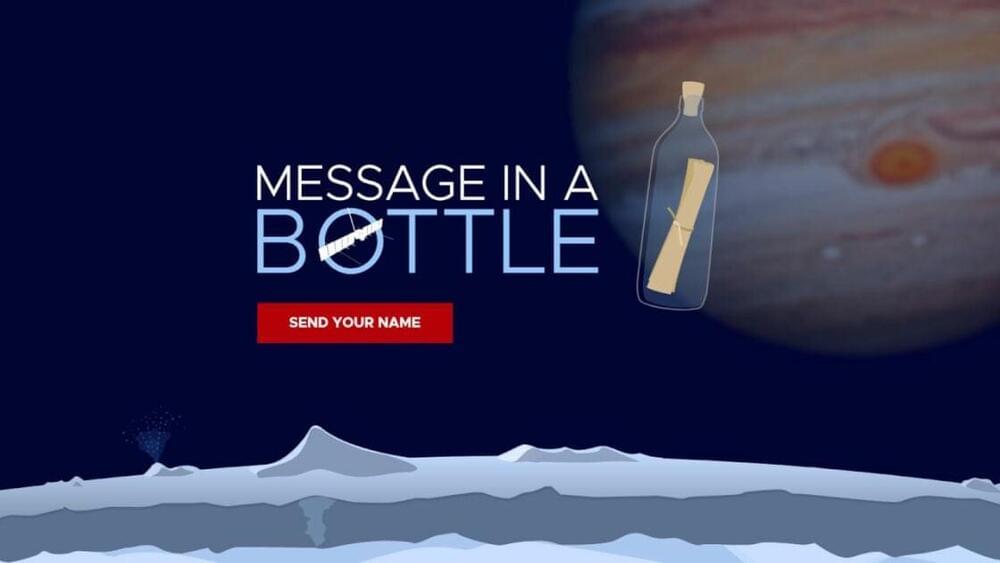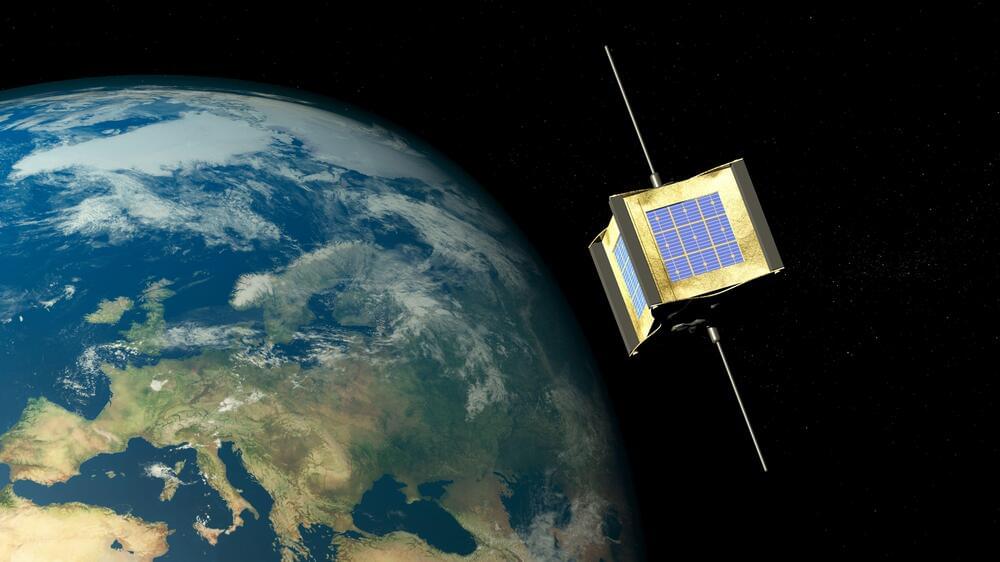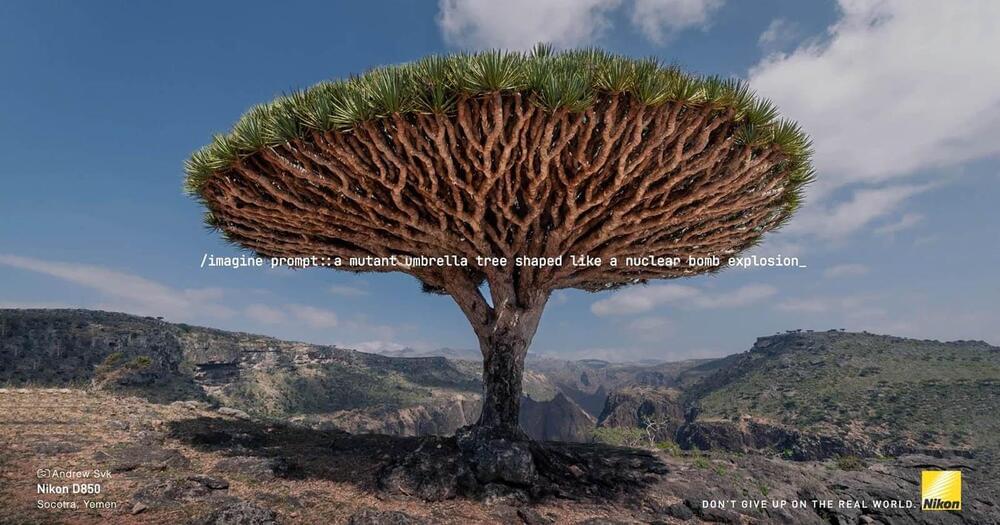NASA is offering everyone the opportunity to have their name sent on the 1.8-billion-mile journey to Jupiter next year.
The “Message in a Bottle” campaign (Opens in a new window) invites people to submit their names to NASA before 11:59 pm EST on Dec. 31, 2023. Those names will then be engraved on a microchip alongside a poem titled “In Praise of Mystery: A Poem for Europa” written by U.S. Poet Laureate Ada Limón.
Once completed, the chip will be loaded on to NASA’s Europa Clipper spacecraft (Opens in a new window) scheduled for launch in October 2024. It won’t reach Jupiter until April 2030, at which point Clipper will orbit the planet and make close to 50 flybys of the Europa moon at altitudes as low as 16 miles (25 kilometers) above the surface. The aim is to investigate whether Europa has the potential to support life.







